In the deep forests of Kyoto’s northern mountains, two villages form the start and end points of a scenic journey – the Kurama to Kibune hike.

Traditional vermilion lamp posts line up on either side of a long stone path toward the Kurama-dera Temple. This site represents the first stop of a long and winding trail that connects the small village of Kurama to the rural town of Kibune.
Getting There

The Kurama to Kibune hike is best accessed by direct train from Kyoto station to Kurama station on the Eizan Kurama Line.
Kurama station is an experience in itself, featuring wooden structures with green moss surrounded by Kitayama’s forests.
It’s also well-known for its tengu statues, a supernatural deity representing prideful strength as depicted by their fierce expressions and long red noses.
Kurama-dera Temple
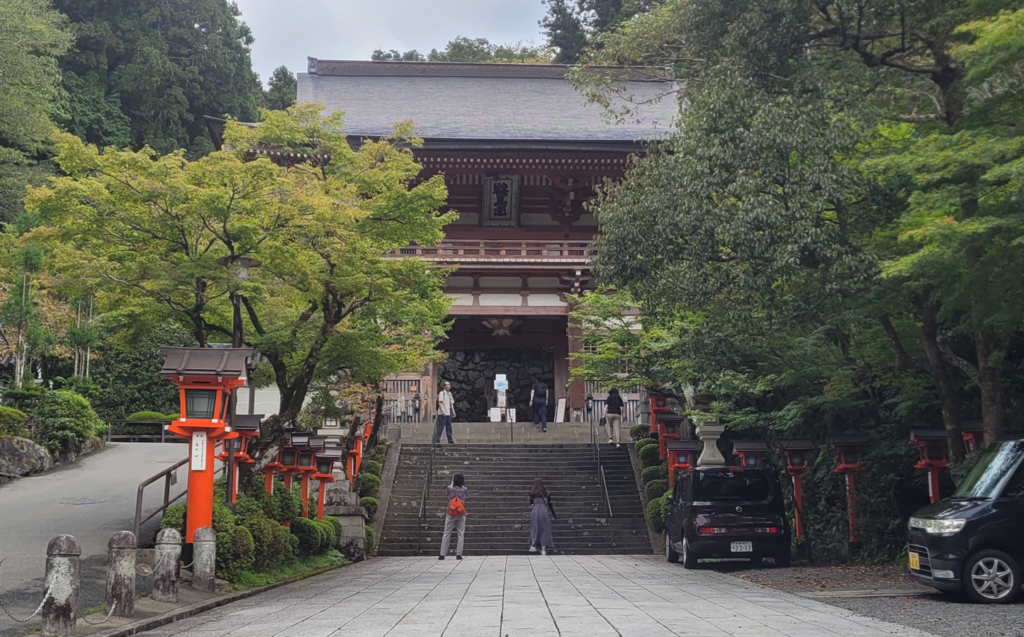
The Kurama to Kibune hike is unique because you have to enter through the temple grounds of Kurama-dera Temple in order to start the journey.
It will cost 500 yen to enter and you will be given a guide map that provides information on the route to Kibune and facts about the various sites you will encounter along the way.
The First Stretch
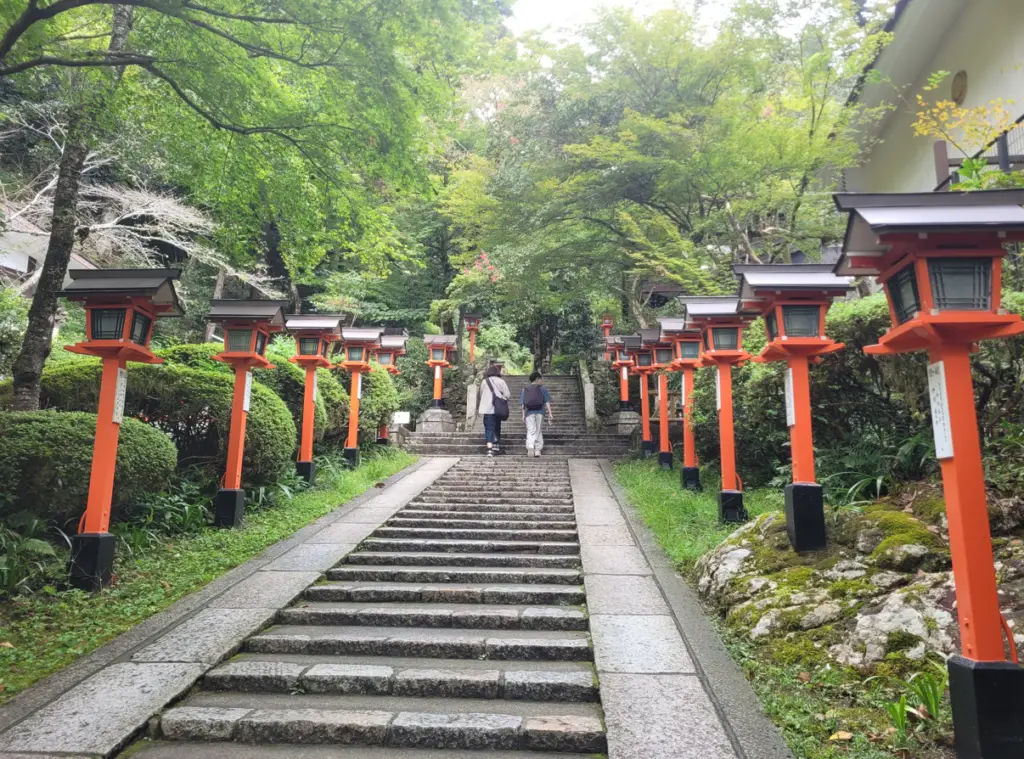
If you don’t like stairs, this may not be the hike for you. Right from the start, you will climb a long flight of steps as you approach the torii gates of Kurama-dera Temple.
On either side are vermilion lamp posts that look like mini houses on a stick (in my opinion). In a way, the rows and rows of vermilion lined up on a steady incline reminded me of the torii gates at Fushimi Inari-Taisha shrine.
The Yuki Shrine
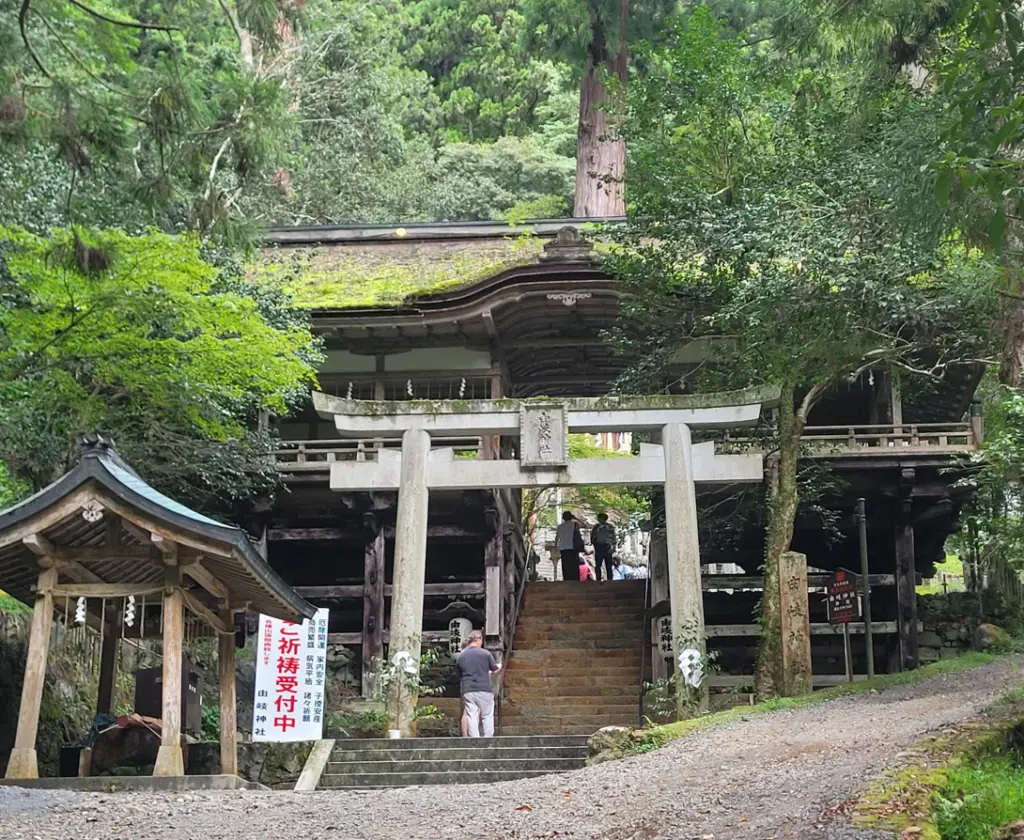
The Yuki Shrine is the first stop of the Kurama to Kibune hike once you’ve walked up the first flight of stairs with vermilion lamp posts. This worn-out structure has a charming vibe of rustic wood and green moss which indicate the long period that it has stood here at the base of Mt. Kurama.
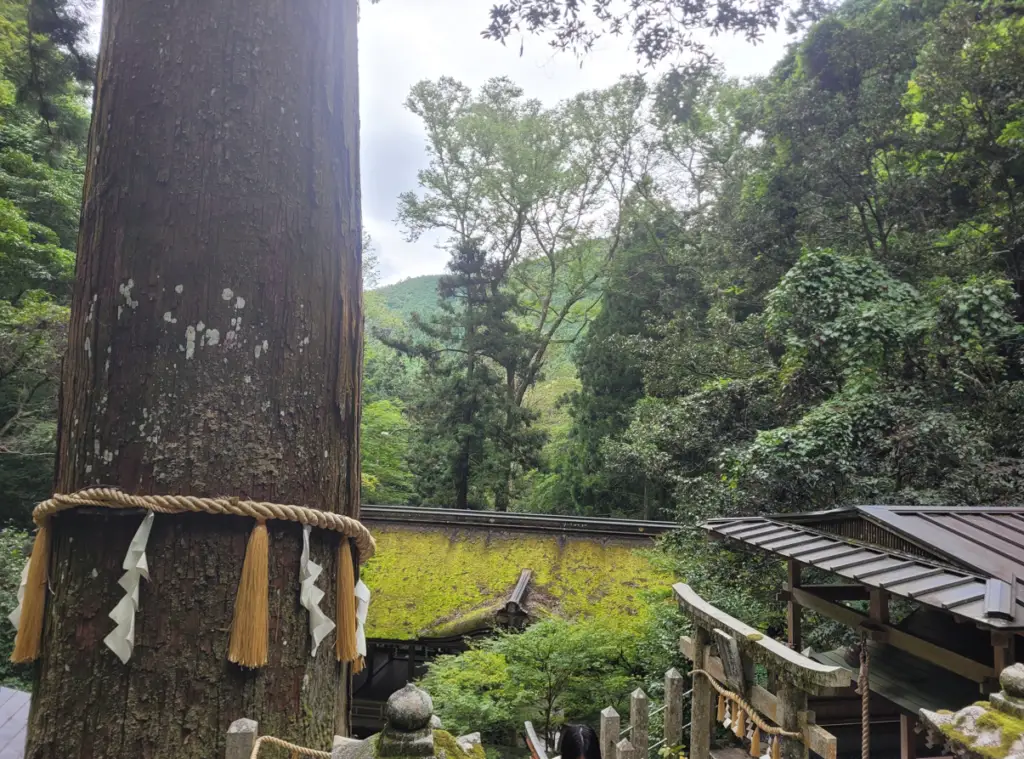
One of the main attractions of Yuki Shrine is this enormous Japanese cedar tree that stands in the center of the grounds. It has been decorated with a rope and ornaments to show its divine significance having stood the test of time for over 800 years!
More Stairs, More Lamp Posts…
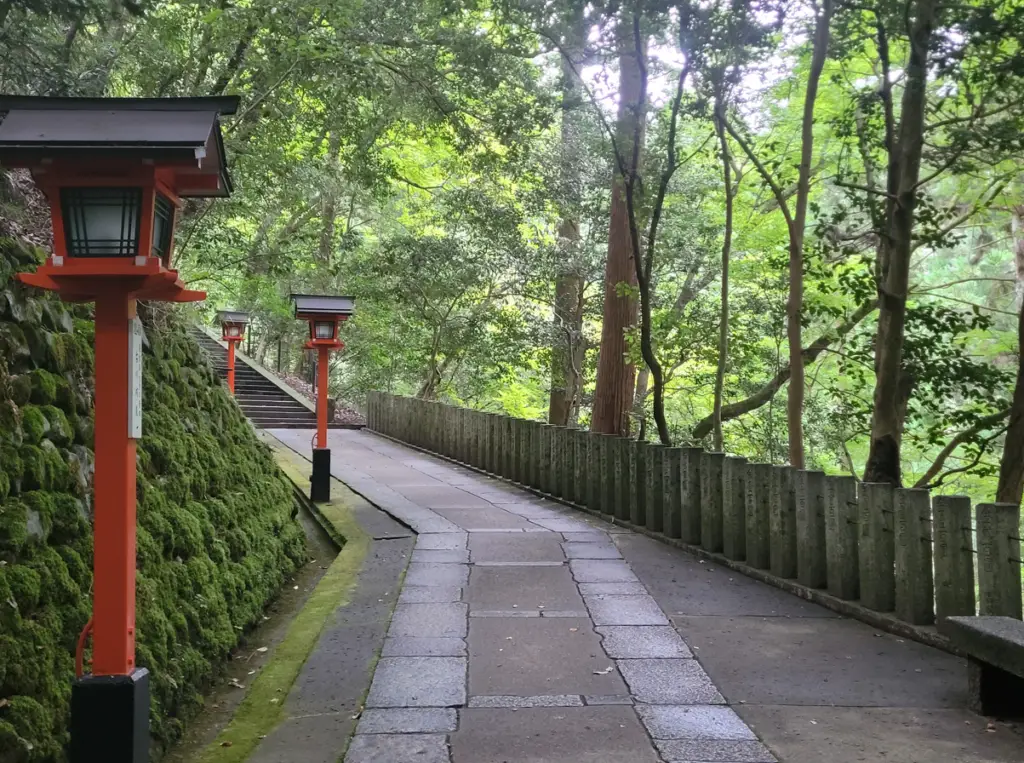
The journey upward continues with more steps and more vermilion lamp posts. As you proceed along the path, you’ll see some cool stone pillars on the side to keep you from falling down the mountain.
Green moldy stone walls to the left and thick green trees and branches on the right. There is certainly an “ancient feeling” invoked when you hike from Kurama to Kibune through the Kitayama mountains.
The First Rest Stop
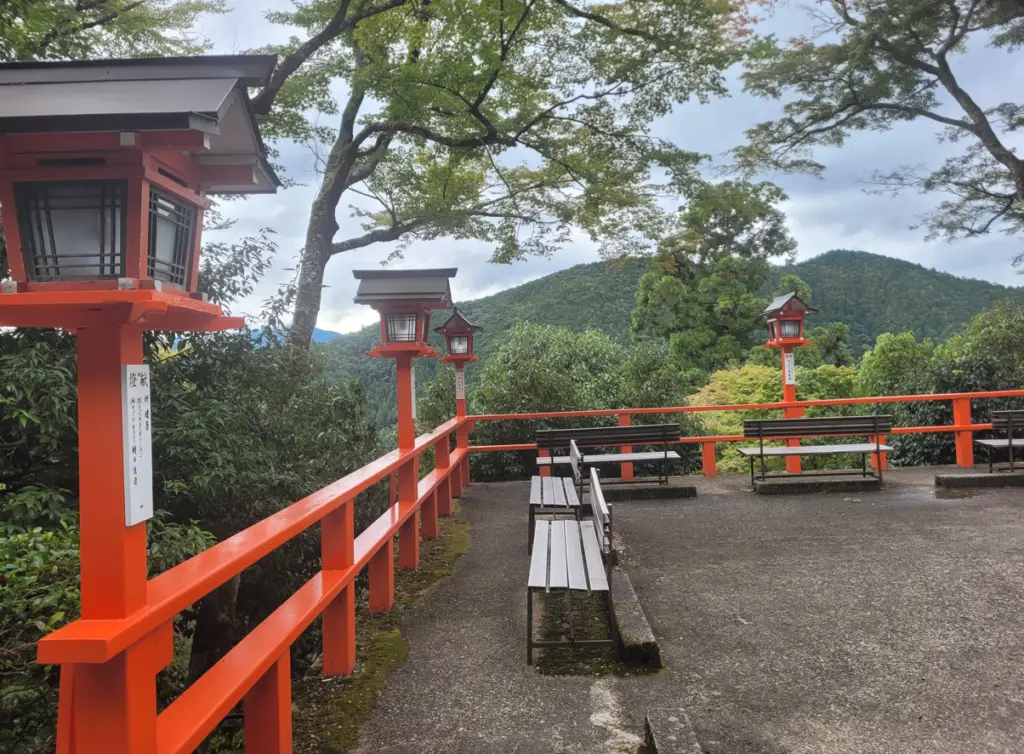
At this point of the hike, you’ll start to feel your leg muscles aching for a rest. Fortunately, this pit stop has plenty of seats and even a bathroom, so if you’ve packed some lunch for yourself, now is the time!

The view from the seats is quite magnificent as you can see the misty Kitayama mountains in the distance that reach as high as the clouds. There is a nice breeze of fresh air at this spot so be sure to get a good rest in before continuing to Kibune!
Need to cool off?

As you approach the main hall of Kurama-dera Temple, you’ll see this cool silver dragon on top of a stone basin of water.
Wooden ladles are lined up on a bamboo stick, allowing visitors to wash their hands and face.
Make sure not to drink the water!
(Rinsing the mouth is OK).
More Amazing Views
From the point where you see the silver dragon statue, I highly recommend looking behind you to admire an amazing view!
You’ll be at the same height as the surrounding trees and can see the mountainous backdrop in the distance.
There’s an awesome view of the moldy green rooftops of some of the temple structures and also a high view of the vermilion lamp posts.

The Main Hall! (Under Renovation…)
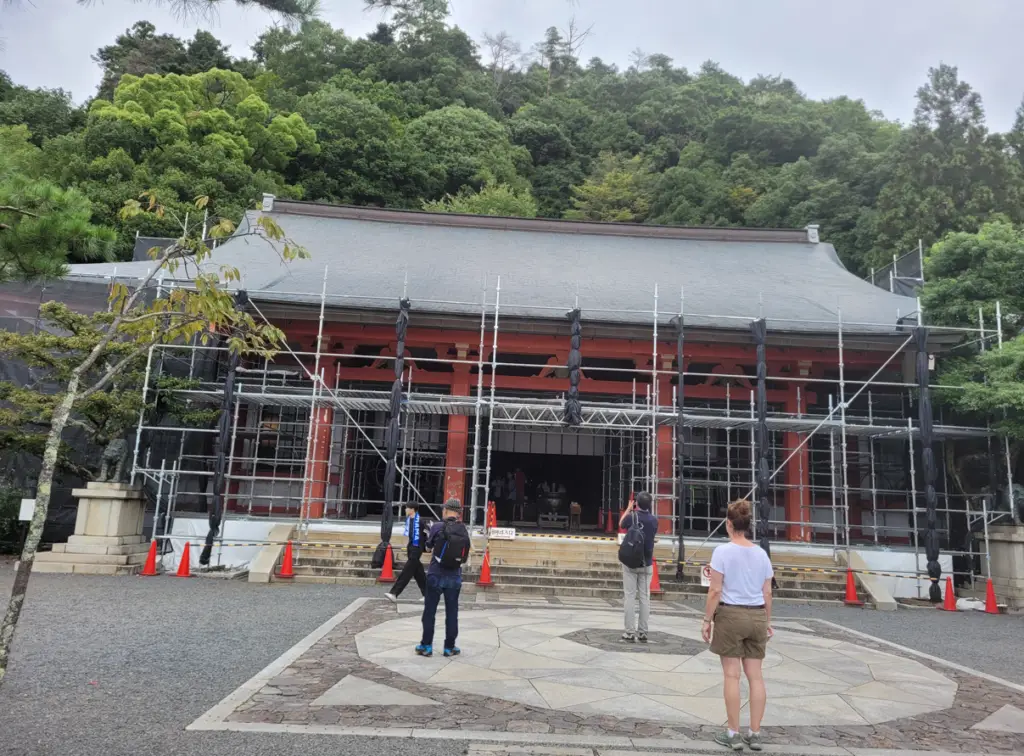
Sadly, the main hall of Kurama-dera Temple was under renovation at the time of my visit. Nevertheless, the temple grounds were still worth seeing as there were many other surrounding structures and artifacts to appreciate.
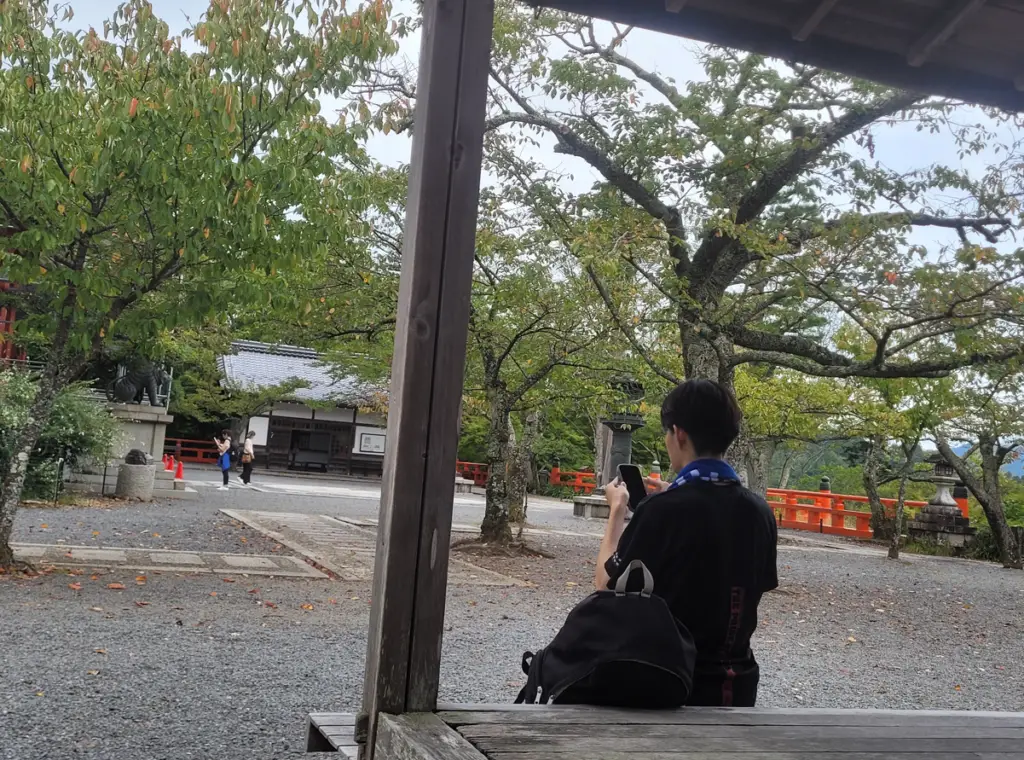
The main hall area is definitely another great place to stop and rest, so I consider it the second major rest stop of the Kurama to Kibune hike.
You can take a seat on the wooden platform and soak in the atmosphere! There are nice views of the mountains at this altitude and you can also enjoy the shade from the beautiful autumn trees.
Kinone Michi (Root Path)

The next stop after Kurama-dera Temple main hall is the Kinone Michi which translates to “root path.”
As you can see, it’s named as such because of the intertwined roots of the trees that are popping out of the ground.
It has a beautiful but also scary appearance and you may feel the illusion that these roots are alive and moving (especially if you’ve seen some horror films!).
Into the Wild!
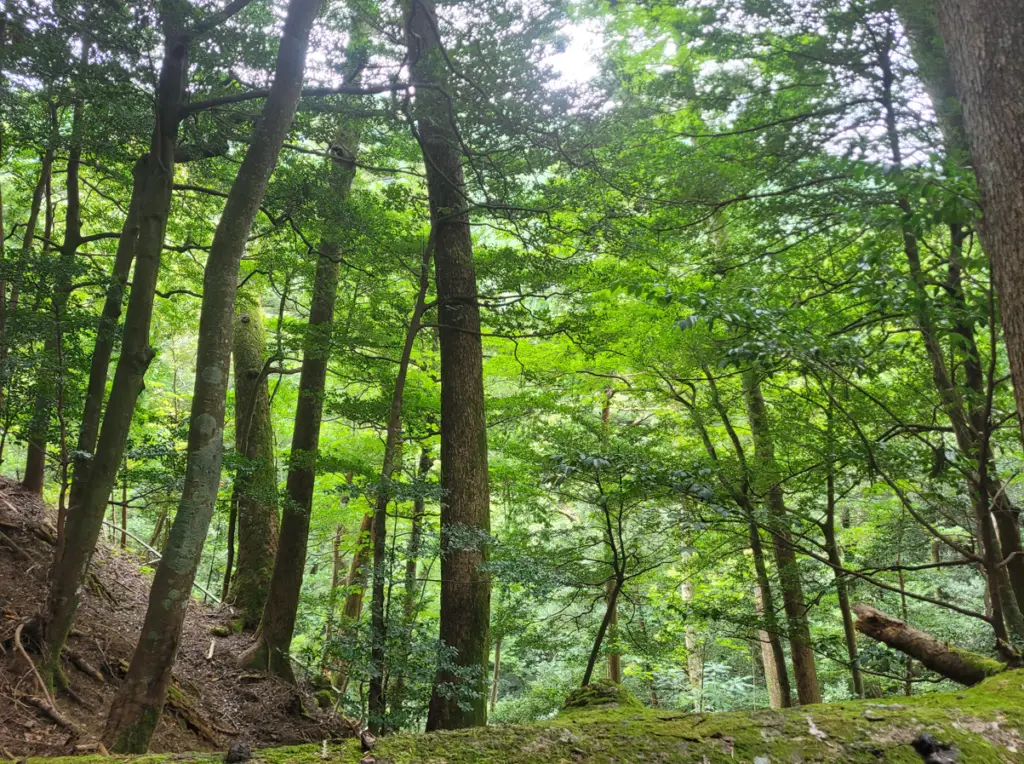
At this point of the hike, the balance between cultural architecture and natural surrounding starts to lean heavily on the nature side as thick green trees and moldy logs surround you.
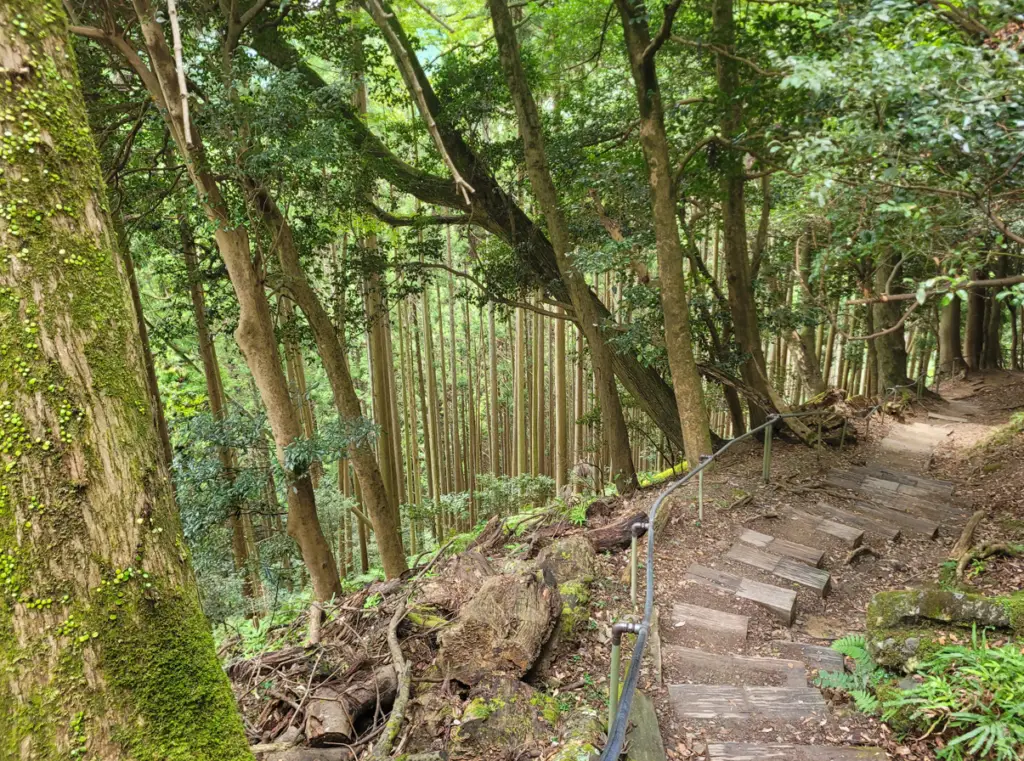
However, you have nothing to fear! Once you reach this wilderness area, you can rest assured that you’ve arrived in the forests of Kibune and are descending the steps toward the main city area.
First Sign of Civilization!

As you descend from the high altitude of the Kitayama mountains, you will start to hear the sound of cars and people below.
Eventually, you will see the first sign of civilization as a restaurant emerges from the wilderness and the smell of food reaches your senses.
Congratulations, you’ve completed the hike from Kurama to Kibune! But the fun doesn’t end here, because the village of Kibune is a bustling area with so much to see!
Dine on the Kifune River!
The best way to finish the Kurama to Kibune hike is with a well-deserved meal on the Kifune River!
That’s right, you can literally dine on a platform on top of the Kifune River at one of the many restaurants lined up here at Kibune Village.
Personally, the prices were a little high for my budget, but I hope to dine here one day and share the experience!

Of course, if you are planning to visit Japan, you’ll need a way to get around the country as efficiently and affordably as possible. Japan Rail provides an abundance of travel passes to suit your travel needs. So whether you are traveling individually or as a group, the JR Pass is every traveler’s go-to for getting around and making the most of your time in Japan!
